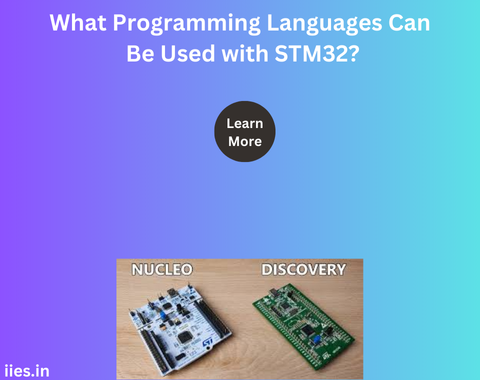
STM32 microcontrollers, a family of 32-bit microcontrollers based on the ARM Cortex-M cores, are widely used in embedded systems due to their performance, low power consumption, and versatile peripheral sets. Developing applications for STM32 microcontrollers requires programming languages that can handle the intricacies of embedded systems programming, including low-level hardware control, real-time constraints, and resource optimization. Here, we explore the primary programming languages that can be used with STM32 microcontrollers.
C is the most commonly used programming language for STM32 development. It offers a balance between high-level programming constructs and low-level hardware access, making it ideal for embedded systems.
C++ is another powerful language used for STM32 development. It builds on the foundation of C, adding object-oriented programming features which can be beneficial for complex applications.
Assembly Language offers the lowest-level control over the hardware, making it ideal for highly optimized and time-critical tasks.
Micro Python is a lean implementation of the Python 3 programming language, optimized to run on microcontrollers.
Rust is gaining popularity in embedded systems programming due to its focus on safety and concurrency.
Ada is a structured, statically typed language known for its reliability and maintainability, often used in systems where safety and security are paramount.
Choosing the right programming language for STM32 development depends on the specific requirements of the project, including performance needs, development speed, and the developer’s familiarity with the language. While C remains the dominant language due to its balance of low-level control and high-level constructs, languages like C++, Micro Python, Rust, and Ada offer unique advantages that can be leveraged for specific use cases in embedded systems development. Understanding the strengths and limitations of each language allows developers to make informed decisions and create robust applications for STM32 microcontrollers.
Indian Institute of Embedded Systems – IIES